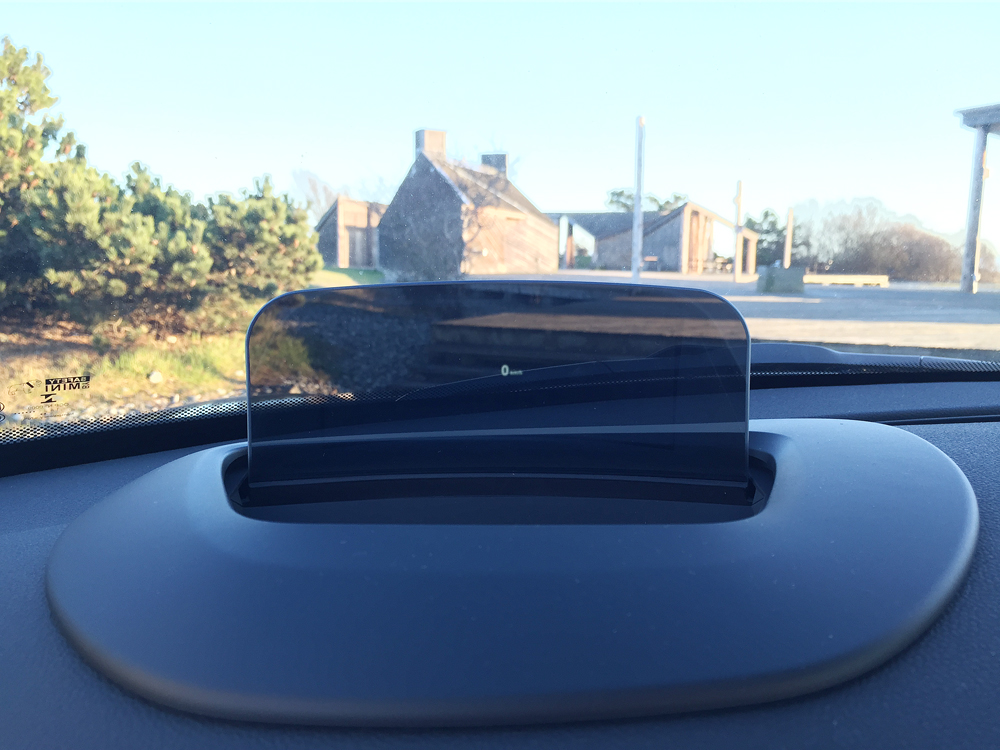How vehicle head-up displays work


Head-up displays can hardly be considered new technology as they have been found in select consumer cars for many years, albeit not as modernized as examples seen today. Still usually reserved for luxury and/or higher trim level models, BMW, MINI and Lexus are three brands that favour HUDs, as they’re also known — let’s look at how they work.
The purpose of HUD systems is to display important vehicle information somewhere in the driver’s line of sight, allowing easy visual access without having to glance too far off the road. Velocity is a common readout, as well as RPMs, playlist, current speed limit, safety warnings and turn-by-turn navigation. BMW says this allows a person to process what he or is she is seeing up to 50 per cent quicker.

The German manufacturer offers HUDs on several cars in their lineup, like the 435i and brand new M2 to name a couple. Inside, on top of the dashboard, there is what looks like a small inset box that is actually comprised of a projector and a series of mirrors. It beams a full colour, high contrast image onto a section of translucent film embedded in the windshield, and to the driver the readout appears to be floating somewhere above the hood.

In subsidiary MINI’s vehicles, it’s a similar concept with slightly different execution. Rather than sending an image onto the windshield, a plastic see-through motorized panel rises up from in front of the steering wheel to “catch” the projection. Although less elegant than the setup found in BMWs, the result largely the same. Both variations allow for brightness and height adjustability, the latter a little more limited by the height of the physical panel.

Keeping with the true Lexus spirit of efficiency, the 2016 RX 350 features an ECO indicator as part of its HUD details in an effort to help people drive in a fuel-saving manner.


